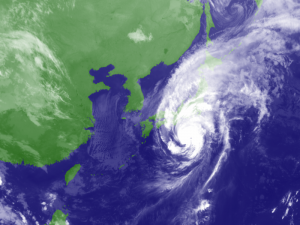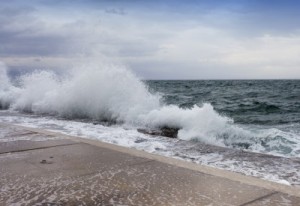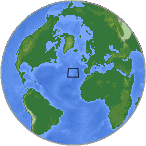The 2017 hurricane season started off with record=breaking storms, and it looks like the storms are going to keep coming.
Earthquakes, too.
And volcanoes.
Add more droughts and wildfires.
And floods.
What most people don’t realize is the root cause of natural disasters starts with the Sun.
Our Sun is undergoing some serious changes right now, and it is affecting all life on Earth. This explains the changes we are seeing today.
The Sun Is Driving This Bus
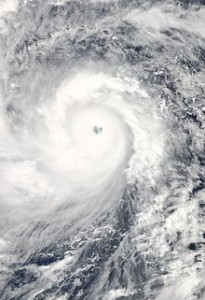
The Sun is the primary influence behind our weather.
Energy from the Sun is very important to all life on Earth. The Sun warms our planet and heats the surface, the oceans and the atmosphere. This atmospheric energy is one of the primary drivers of our weather.
Our climate is also strongly affected by the amount of solar radiation received on the Earth.
Climate change and “global warming” are not caused by humans – they are driven by the Earth itself, and that is determined by the Sun.
Now note that humans won’t get off the hook here. Humans are messing in our nest – we are destroying ecosystems worldwide, polluting the land, water and air, and we are depleting the Earth’s natural resources at a record rate.
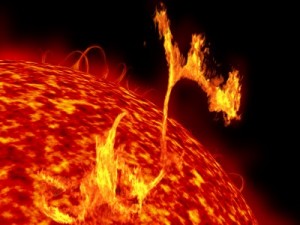
Humans are polluting the Earth, no doubt, but the Sun is the primary reason we are experiencing global climate change.
Humans have created GMO farming, which destroys the Earth’s pollination and the natural mineralization of the soil. And our pesticides are killing the pollinators (the bees and butterflies) in massive numbers.
But, there is a big difference between the damage irresponsible humans are doing to the Earth and the powerful influences of the Sun.
The Sun warms our planet, so when the Sun heats up – um hum, the Earth heats up. There is nothing we humans can do about it.
Learn More About The Sun
In order to better understand climate change, natural disasters, and Earth events that have never been seen in modern human history, study the Sun and its cycles.
The Sun:
- affects all life on Earth;
- influences fertility and the reproduction of plants and animals;
- determines an animal’s mood;
- creates earthquakes, tsunamis, and volcanoes;
- influences rainfall;
- determines temperature.
Here are 3 videos to get you started learning more about the Sun:
https://www.youtube.com/watch?v=Q6TlvZ-Y4Ow
https://www.youtube.com/watch?v=ygu0HqFc_do
As we witness natural disasters increasing today, learn all that you can about them. This is the only way that we can stay safe, and possibly prevent more disasters in the future.
You have our permission to reprint this article if you attribute us with a live back-link to this article and the youtube links. http://www.extinctiontheory.com/
